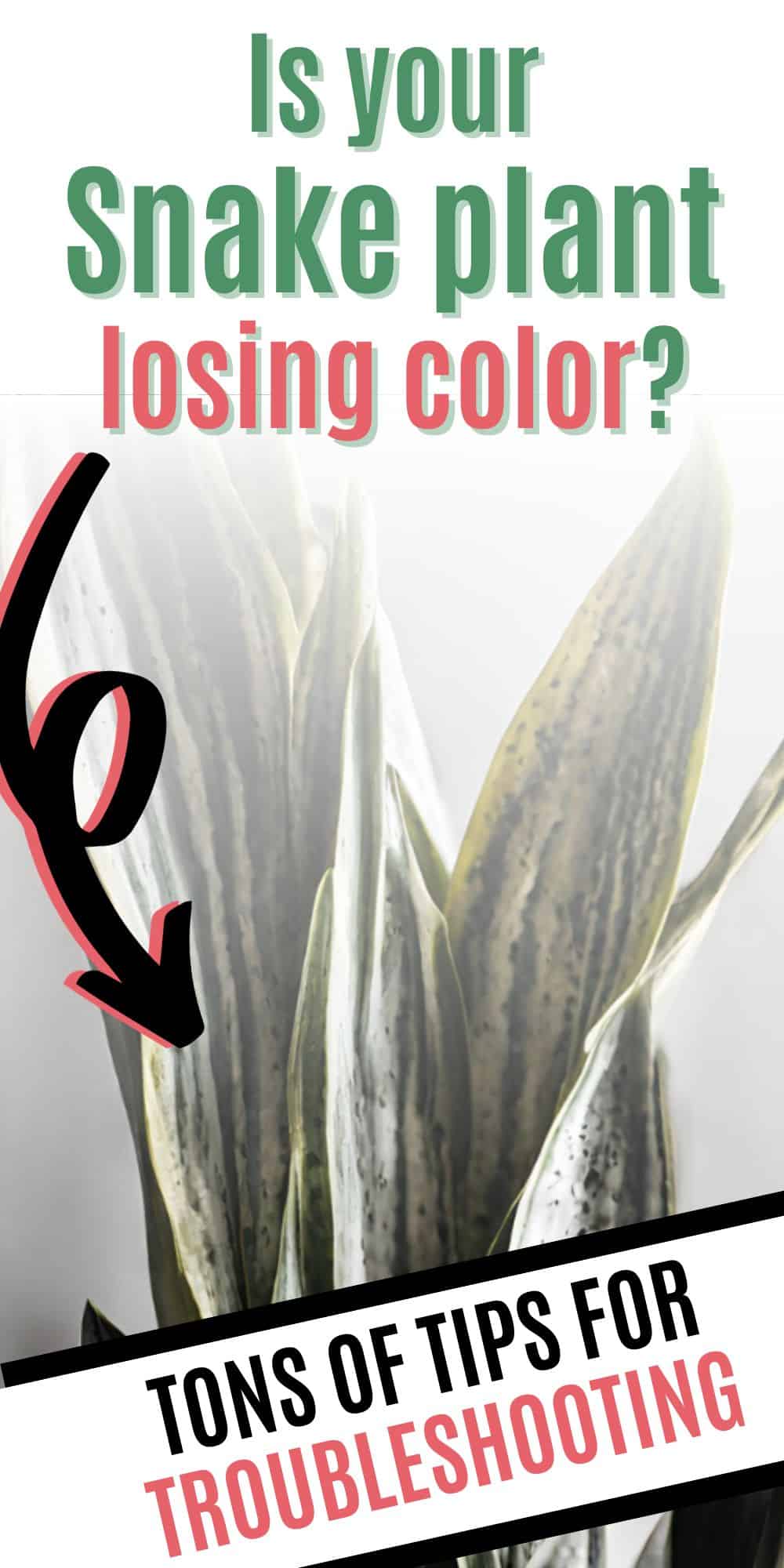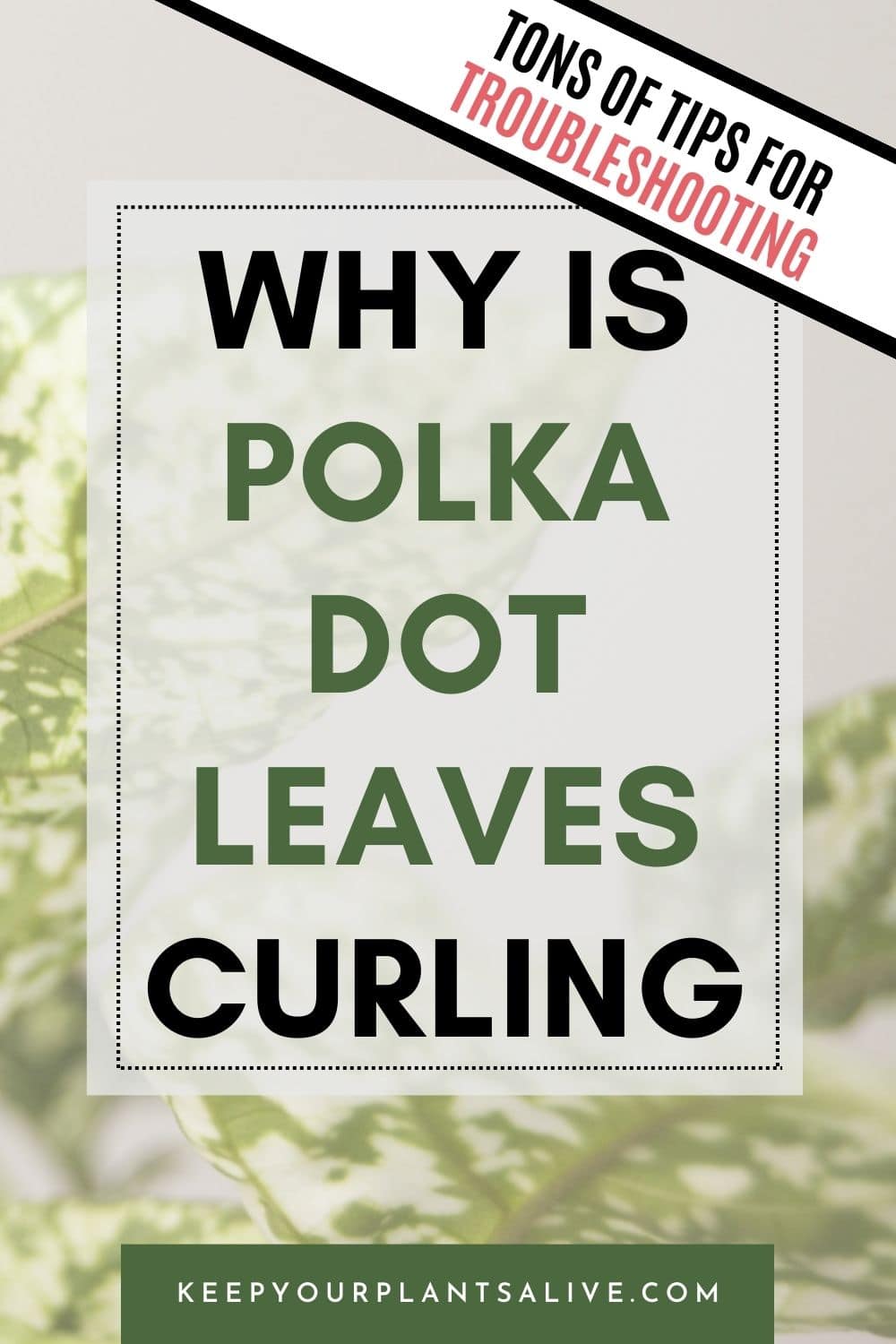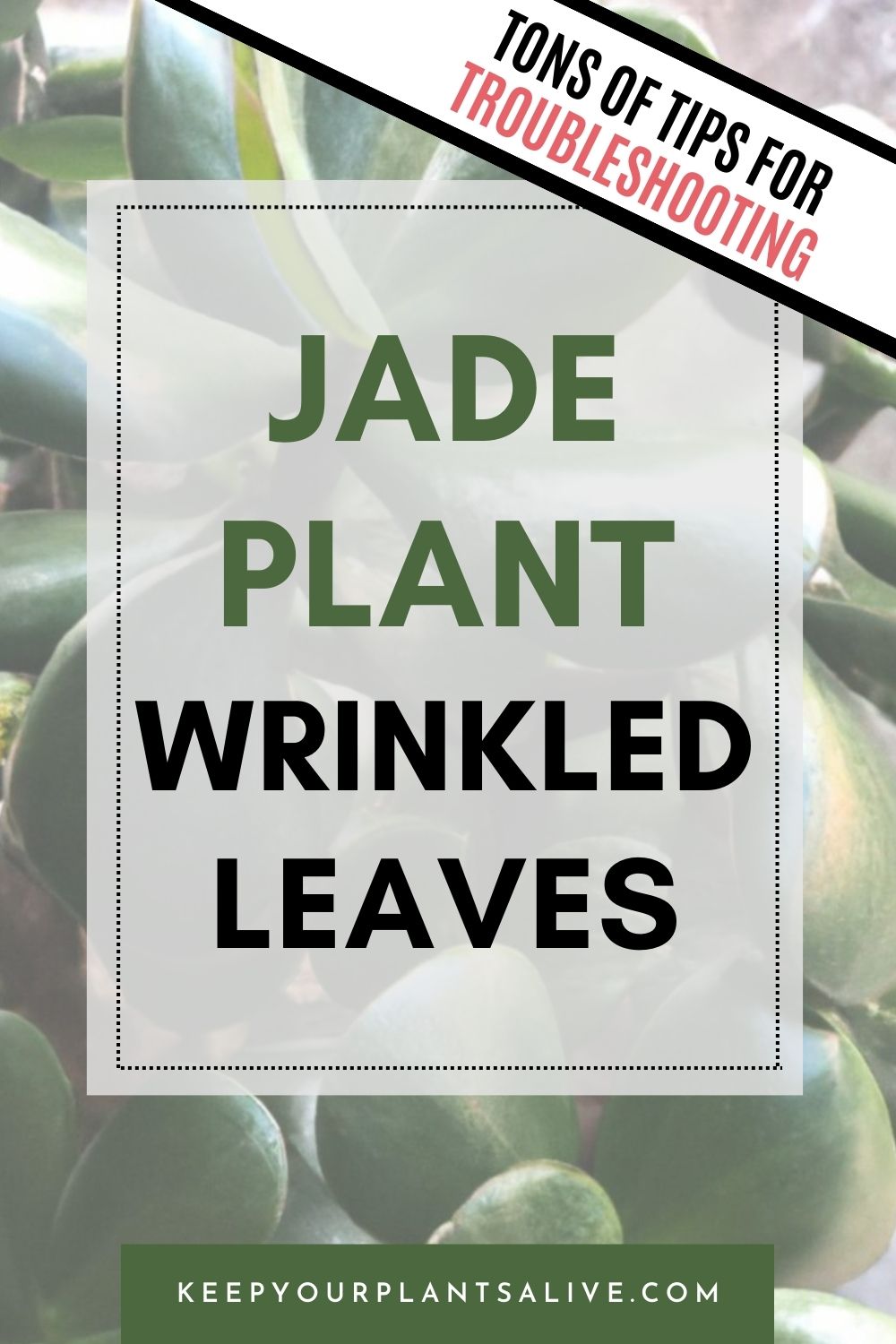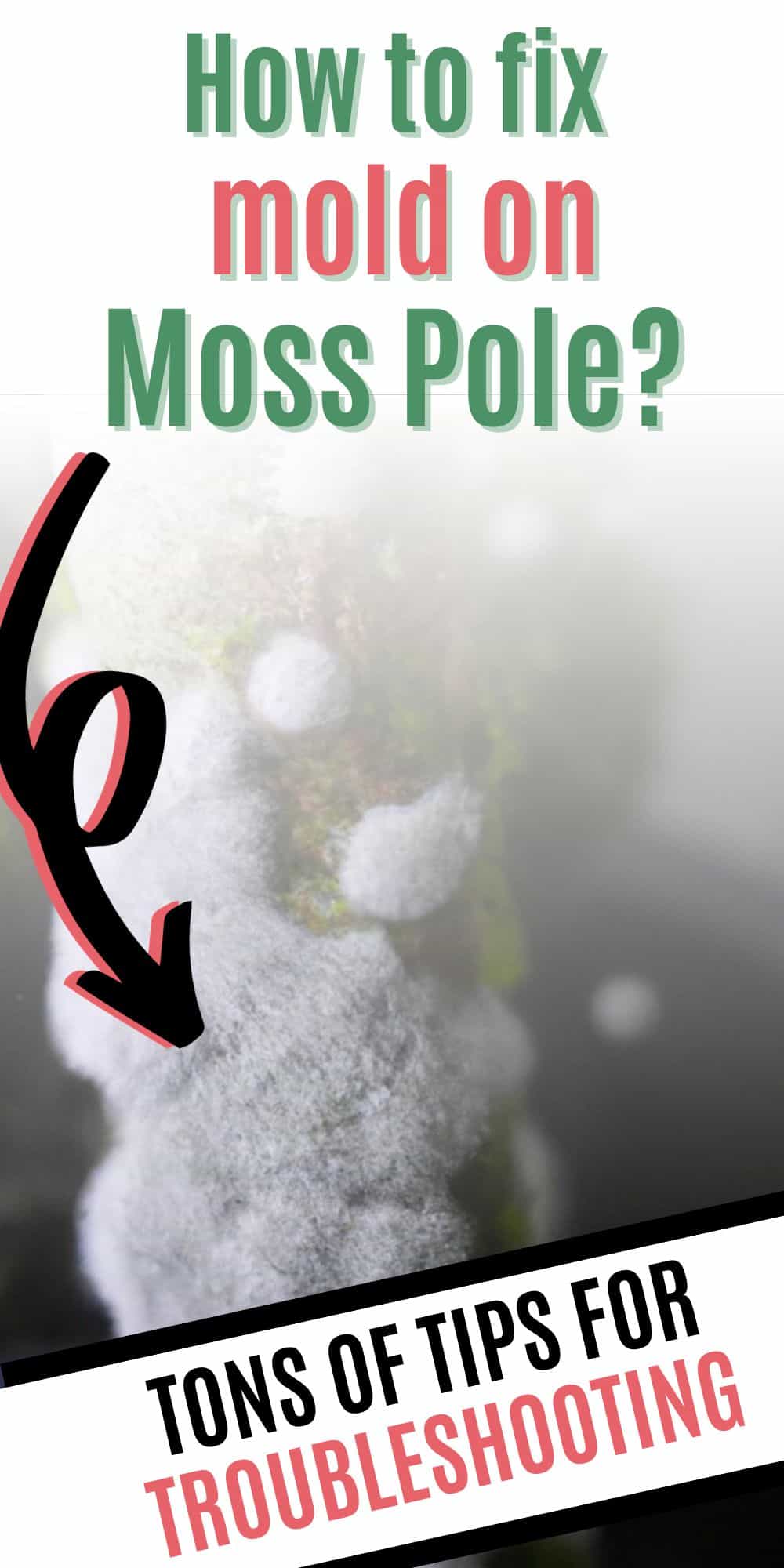One of the important part of jade plant care is looking out for pests and diseases. Here's how to recognize and treat powdery mildew on jade plants!
The jade plant, also known as the “silver dollar plant” or “lucky plant,” is a type of succulent perfect for beginner houseplant owners. It’s famous for its thick leaves, woody stems, and hardy nature. However, even the most resilient plants face challenges.
One of the common issues you may encounter is powdery mildew on jade plants. Such a fungal disease can cause concern for many. Yet, armed with the knowledge, you can help your jade plant overcome this problem.
In this article, you’ll learn more about powdery mildew on jade plants. You’ll also know how to spot this disease and what you can do to get rid of it. So, keep reading to learn more.

What Is Powdery Mildew?
Powdery mildew is a familiar fungal disease that affects many plants, from enormous trees to tiny grass. It results in masses of fungal spores on the leaves, stems, and sometimes flowers of the affected plant.
Typically, such a fungal disease is caused by many different fungi species. It thrives in high humidity, low light, and cooler temperatures. That’s why gardeners spot it more commonly on indoor houseplants like jade plants where there’s limited air circulation.
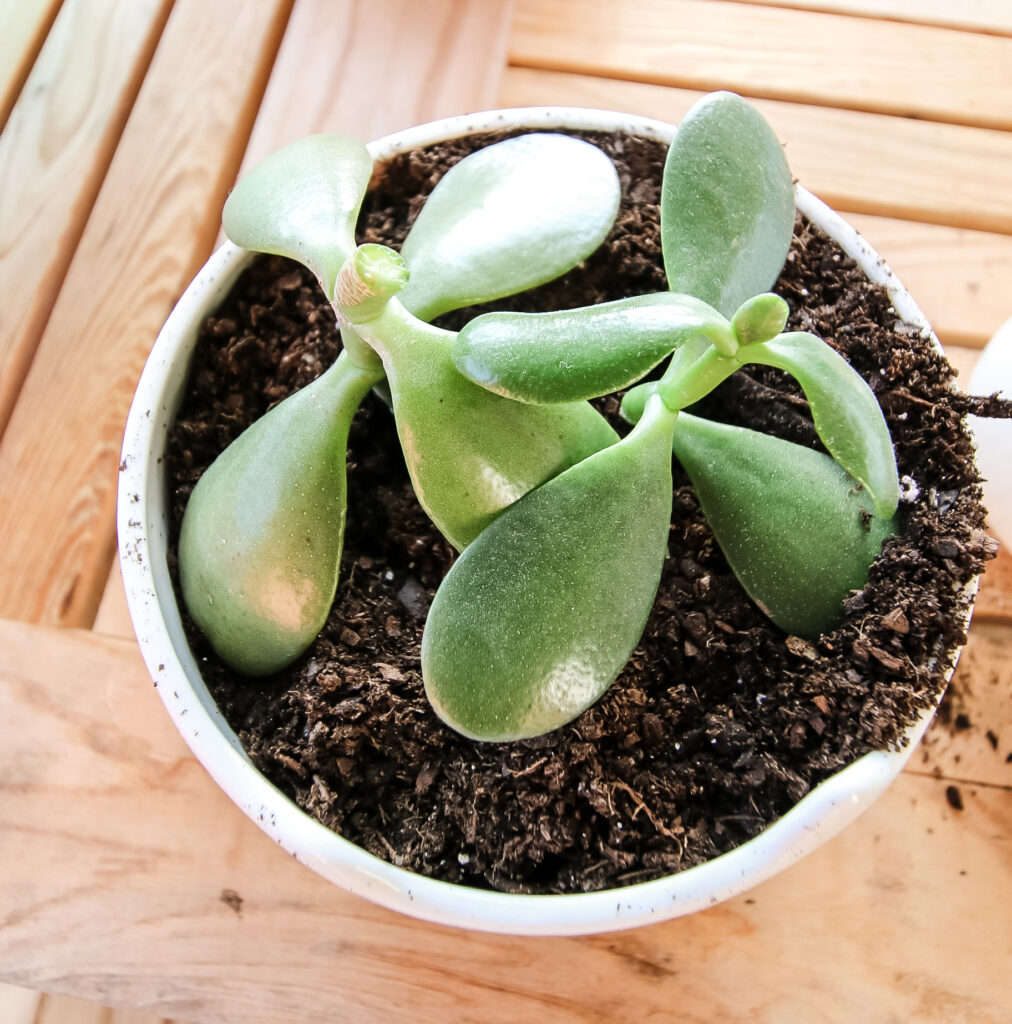
How To Tell if Your Jade Plant Has Powdery Mildew
Primarily, jade plants are quite specific with the water they need. Most experienced plant owners know it’s best to use filtered or distilled water for such a gorgeous plant. Otherwise, the salts in tap water may deposit on the plant’s leaves, appearing as white spots.
On top of that, there can be some unfamiliar white spots on your jade plant for many other reasons. Therefore, it may be tough to tell exactly what causes such spots.
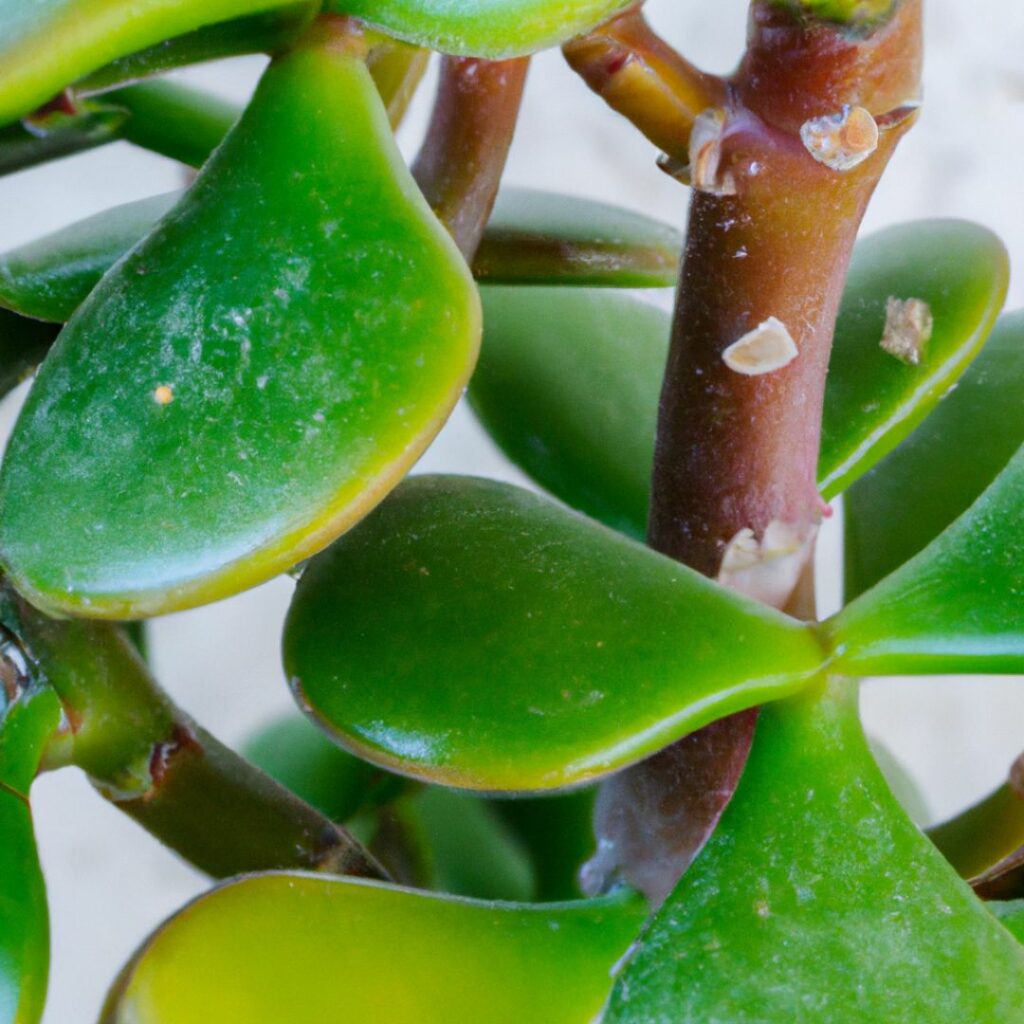
So, here are a few tips on how to tell your jade plant has powdery mildew.
- The most obvious sign of powdery mildew is a white or grayish powdery substance on the leaves. Usually spotted on the lower leaves, they may look like talcum powder or dust. When wiped away with a damp towel, these spots reappear quickly.
- Another sign is spotting brown sores that look corky appearing on the plant. Plus, the plant may look weak and grow less healthily than usual. That’s mainly because powdery mildew affects the plant’s photosynthesis process.
- Affected leaves may look curled or misshapen. As the disease progresses, the plant might also show signs of browning or yellowing.
- New growth on affected jade plants can emerge covered in white mildew, indicating a late stage of that harmful disease.
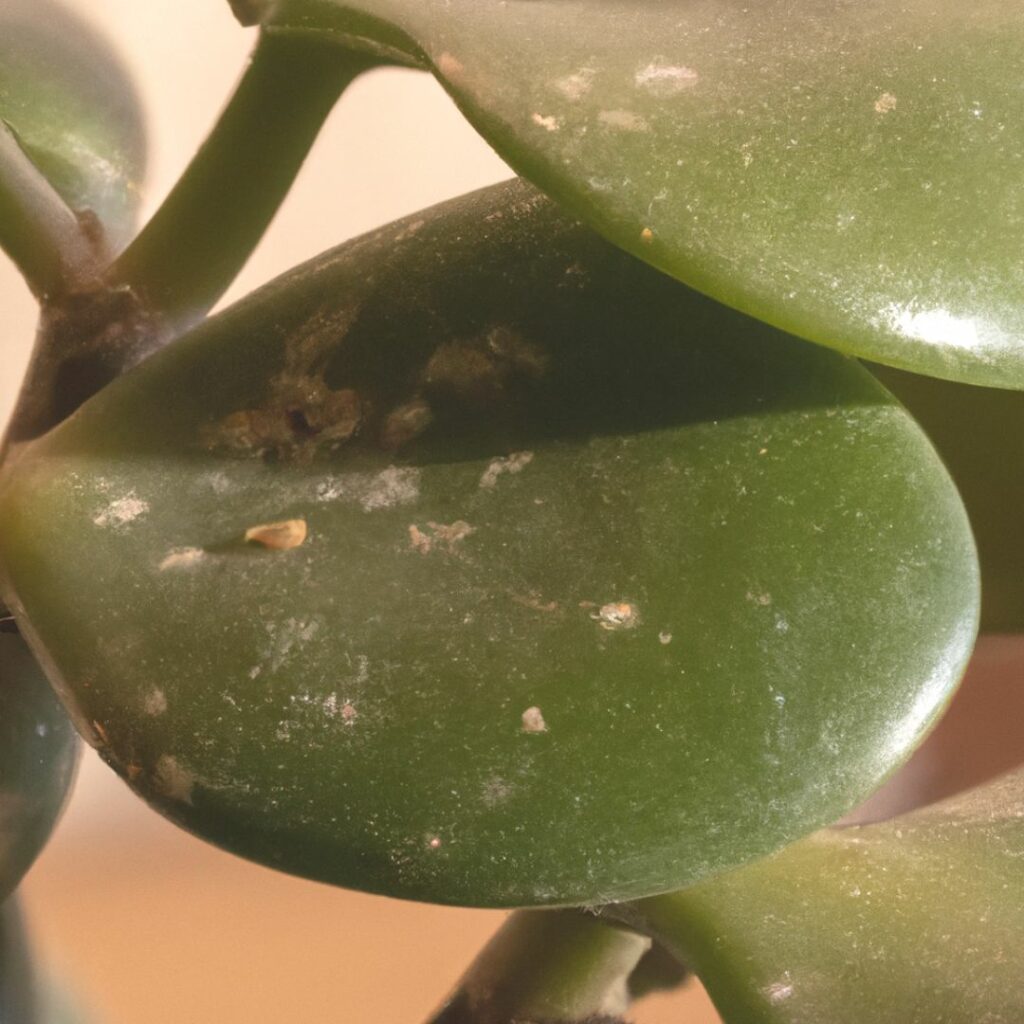
How To Get Rid of Powdery Mildew on Jade Plants
Before you start, you need to isolate the plant to prevent spreading. Then, use disinfected gardening shears to trim the heavily affected leaves and stems.
Remember to dispose of the parts you removed in a tightly sealed bag and make sure not to use them in your compost pile. That’s because this may infect the new plants you fertilize.
While powdery mildew doesn’t kill your jade plant, it feeds off its tissues and weakens it. Luckily, there are a few treatments that help you get rid of powdery mildew on jade plants, including:
Fungicidal Sprays: Many types of fungicides are available at garden centers and can control powdery mildew effectively. Just follow the instructions on the label for the best results.
Neem Oil: This natural treatment is a great way to eliminate powdery mildew. All you need to do is mix a tablespoon of neem oil with a gallon of water and add some dish soap. Spray the plant with the mixture every two weeks until the mildew disappears.
Milk: You can use a mixture of milk and water as a mild treatment for powdery mildew. When you spray it all over your jade plant, the proteins can act as an antifungal agent. Overall, such a method is best to use in the morning every week.
Baking Soda: Another fantastic home remedy for powdery mildew is a baking soda solution mixed with a few drops of dish soap. Apply it every few days and allow the plant to dry completely. Repeat the process until the white spots disappear.
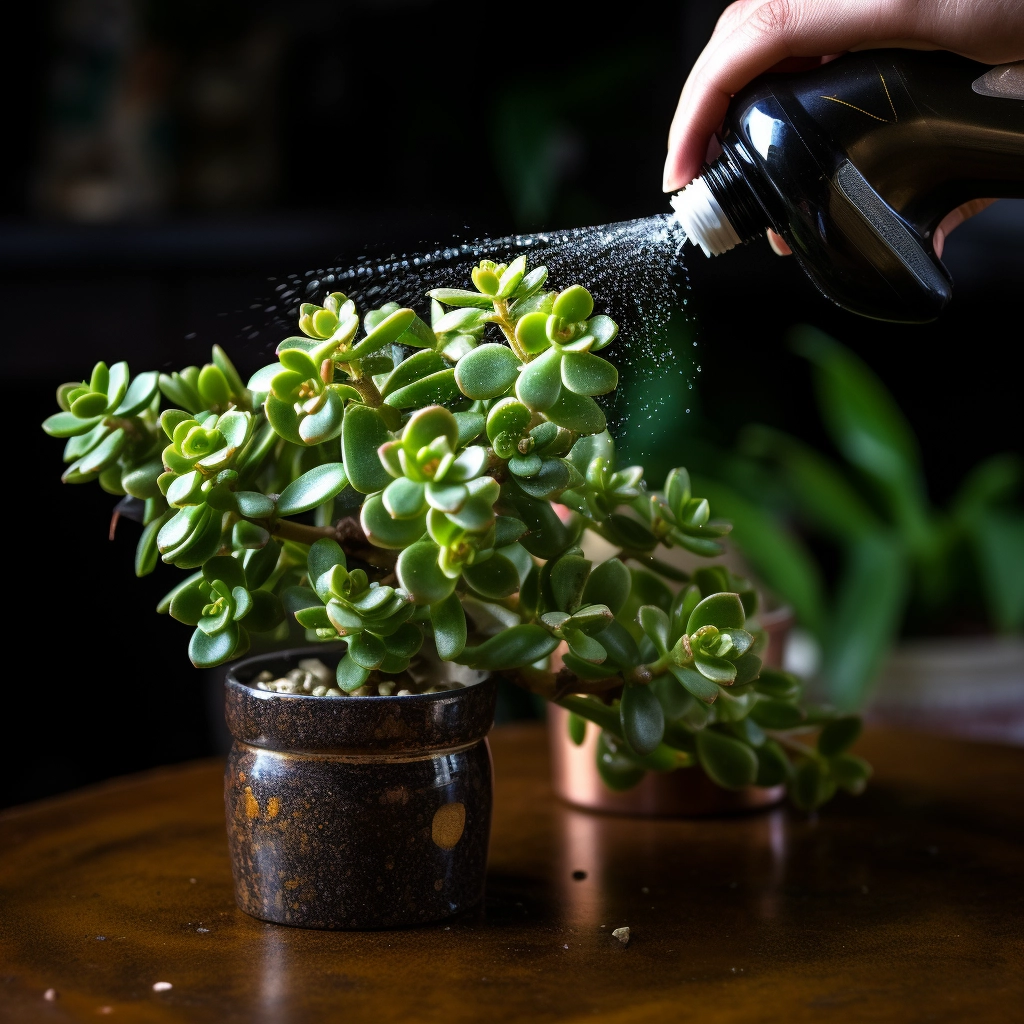
The appearance of powdery mildew on jade plants can be an annoying occurrence. As a beginner houseplant owner, you may find it tough to deal with such an issue. However, with the help of some effective steps, you shouldn’t worry too much.
Whether you purchase a fungicide or go with a DIY spray, powdery mildew is easy to get rid of. Just make sure to isolate the affected plant and dispose of any trimmed leaves before starting the treatment process.
More about Jade Plants!
- Complete Jade plant care guide
- The best pots for jade plants
- How to propagate a jade plant
- How to properly water jade plants
- Why is my jade plant turning yellow?
- Why is my jade plant dropping leaves?
Printable Jade Plant care guide
Join the (free!) KeepYourPlantsAlive+ community to access this exclusive printable plant care guide! Once you sign up, you can right click & save the JPG care guide. Or keep scrolling for more!
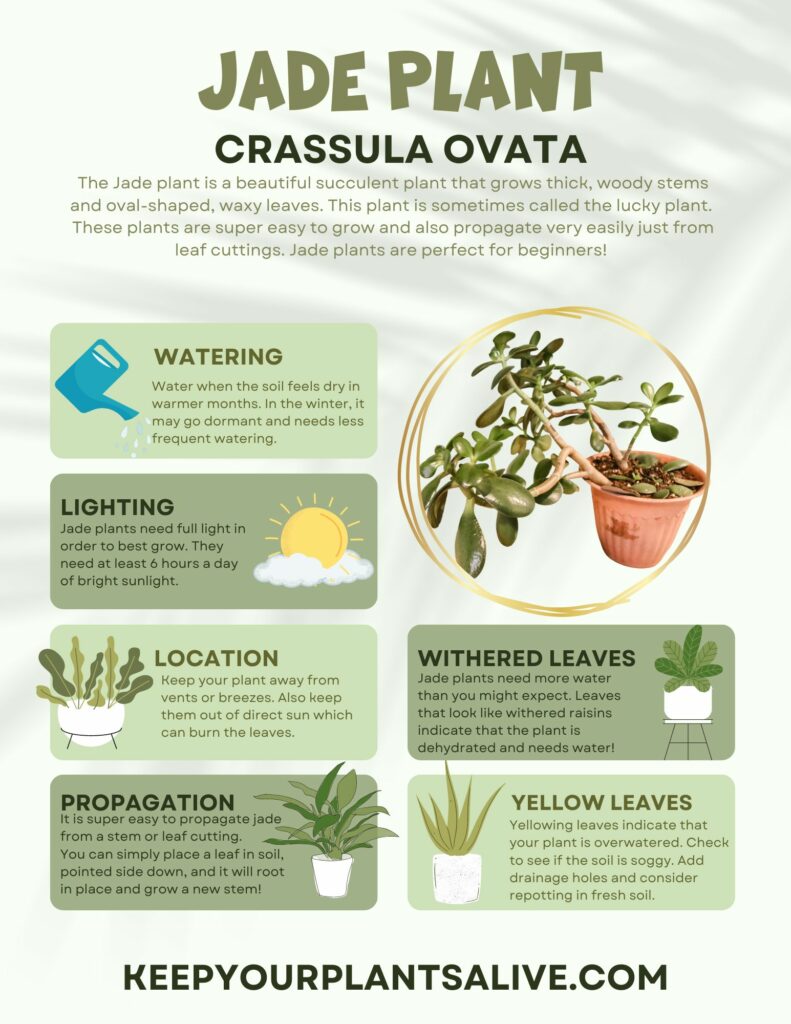
Thanks for reading!


Hey there, I'm Morgan, a houseplant enthusiast from sunny Charleston, South Carolina. Growing up surrounded by my mom's lush orchids and African violets, I discovered the magic of bringing nature indoors. Thanks to the pandemic, I delved deeper into houseplants, discovering their power to uplift moods and transform spaces. I'm here to spill all my secrets, helping you pick the perfect houseplant - and make it happy. Let's keep your plants alive, together! 😊

